Art at campus Ilimmarfik
These pages contain descriptions of work by the following six artists: Aka Høegh, Anne-Birthe Hove, Julie Edel Hardenberg, Miki Jacobsen, Hans Lynge and Harald Moltke.
The first four artists are more representative of the present and the modern, whilst the latter two artists represent something of the more traditional Greenland.
It is with both pride and pleasure that precisely these atists have found a place at Ilimmarfik and that so many people can gain daily pleasure from their works.
Ilimmarfik received several of the works as gifts to mark its inauguration. The Denmark-Greenland Cultural Foundation has financed the works of Aka Høegh, while the Augustinus Foundation has financed the works of Anne-Birthe Hove. Julie Edel Hardenberg has gifted her own photografic works, and Nuuk Council has gifted the work of Miki Jacobsen.
The story of this piece of art starts with the picture in the dining area with the green oval. It is a fusion of past and present. At the back there is a picture depicting the creation of humankind according to Greenlandic tradition, with two children found among willow twigs. At the front of the vicinity, the present is symbolised with an egg in transparent acrylic. Eggs, like humans, are fragile and delicate and break when hit.
On the opposite side of the room is the future. Now the egg appears askew. The juxtaposition of square and other shapes indicate the mess of the future, displaying a multitude of new ideas.
The theme of the balcony is communication, the source of knowledge. The black and white background remind one of reading, whilst the small kayaks sailing up and down on the waves represent the first communication between people in Greenland, when they had to sail to deliver news.
By the stairs is situated the tree of knowledge, with a root going down its large, heavy concrete just like a trunk, which its leaves, made of light acrylic, make it possible to see inside. The individually design of the leaves complement the concrete beautifully and make it less harsh.
On 13 May 2014, Aka Hoegh presented the lectern, she had made especially for Ilimmarfik.
At the presentation, Aka Hoegh told of the ideas behind the design of the lectern - that the "trunk symbolizes our history and culture - where we come from. The green leaf symbolizes new ideas and thoughts".
The lectern is designed with driftwood, and in the style of the rest of the art decorations in Ilimmarfik building.
The lecturn is a gift from the Government of Greenland by the then government member Tommy Marøe, and it was given at the inauguration of Ilimmarfik.
The "Panoptic" room is a place to take a rest between lectures and other activities. For this reason, the aim of the decoration is to create a meditative atmosphere - like taking a deep breath. An artwork with lights create that opportunity, while at the same time lending a tactile quality to the large concrete surface. The figures had several different forms during the process of their creation, but ended as one square brought together with the different elements to create a single whole - or rather several knowledge areas that have been brought together, as in the case of Ilimmarfik.
The light is computer controlled and in its current form operates on a two-hour-and-fifty-one-minute loop, but with many other combination possibilities.
The auditorium is a place for listening, which is why hearing is the starting point for the records that hang on either side of the room. You alternate from side to side, listening to the specially composed fragments, telling about nomadic ancestors, a collective winter hut building, and, of course, the ears.
On the rear wall hangs a brain in carved and silver painted wood. What shines out of the side of the brain comes from what originally held it together. The yellow light symbolising here, as in the panoptic room, the colour of enlightment or knowledge. Finally, there is a heart, highlighting the importance of using both the intellect and the heart.
Pictures from the book "The Quit Diversity" reproduce part of the demographic and cultural diversity in today's Greenland - a diversity which is not immediately visible to all, but which everyone helps to shape through their own personal history and background.
Just like the rest of the world, Greenland is constantly changing, a process helped along by human nature, which does not bow to rational structure and plands, as people fall in love with each other across linguistic and social divides.
The images are the result of the artist's impulse whist travelling through Greenland, rather than focusing on technical detail.
(Text based on the introduction to the book)
The large painting in the library (360x200 cm) entitled "Behind the mountain under the skin deep in the mind" draws on the interplay between nature and man.
The themes of culture, myth and nature play a central role in the art, displaying the close connection between culture and nature in Miki Jacobsen's work. Furthermore, by combining old myths, culture and nature together with an experimental use of colour, form and material, the artist builds an artistic bridge between past and present.
Regarded as one of the most important figures in the history of Greenlandic art, Hans Lynge found his greatest inspiration from the people, nature and mythical world of Greenland, in his capacity as sculptor, painter and poet.
Childhood memories, myth and historical events are central themes, and woman and mother both favoured motifs in the work of Hans Lynge, an artist well aware of his duel role in the preservation and renewal of culture.
Danish count and painter who took part in several major expeditions to Greenland. The first expedition in 1898 brought Moltke to Disko Bay among other locations. Moltke also joined the Danish Literary Greenland Expedition (1902-1904) with Knud Rasmussen and the author Ludvig Mylius-Erichsen.
The expedition travelled along the Northern coast from Upernavik to Cape York near Qaanaaq. During the journey Moltke became severely ill, and for a long period the ilness put his life in grave danger, eventually disabling him for life.














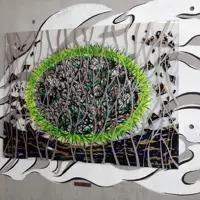
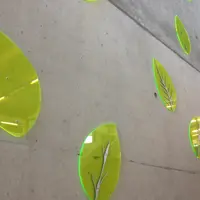
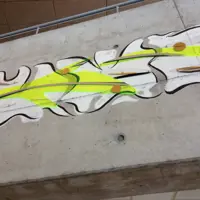
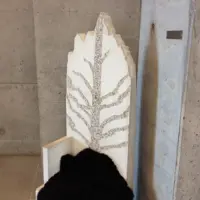
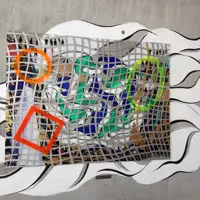
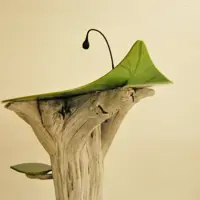
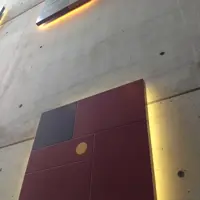
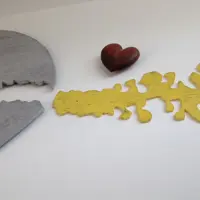
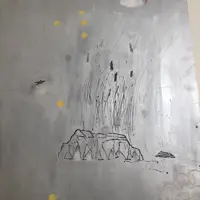
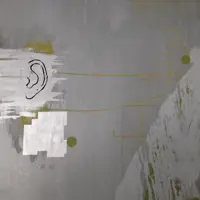
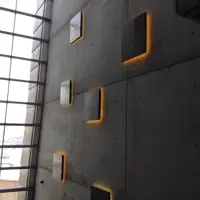
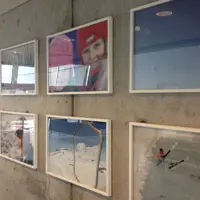
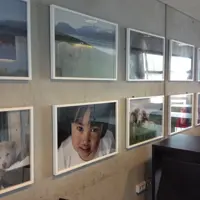
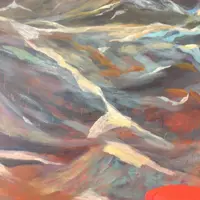

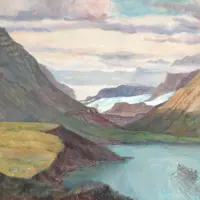
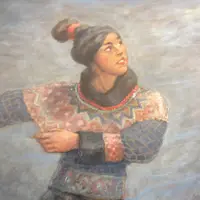
 FACEBOOK
FACEBOOK LINKEDIN
LINKEDIN Copy link
Copy link
